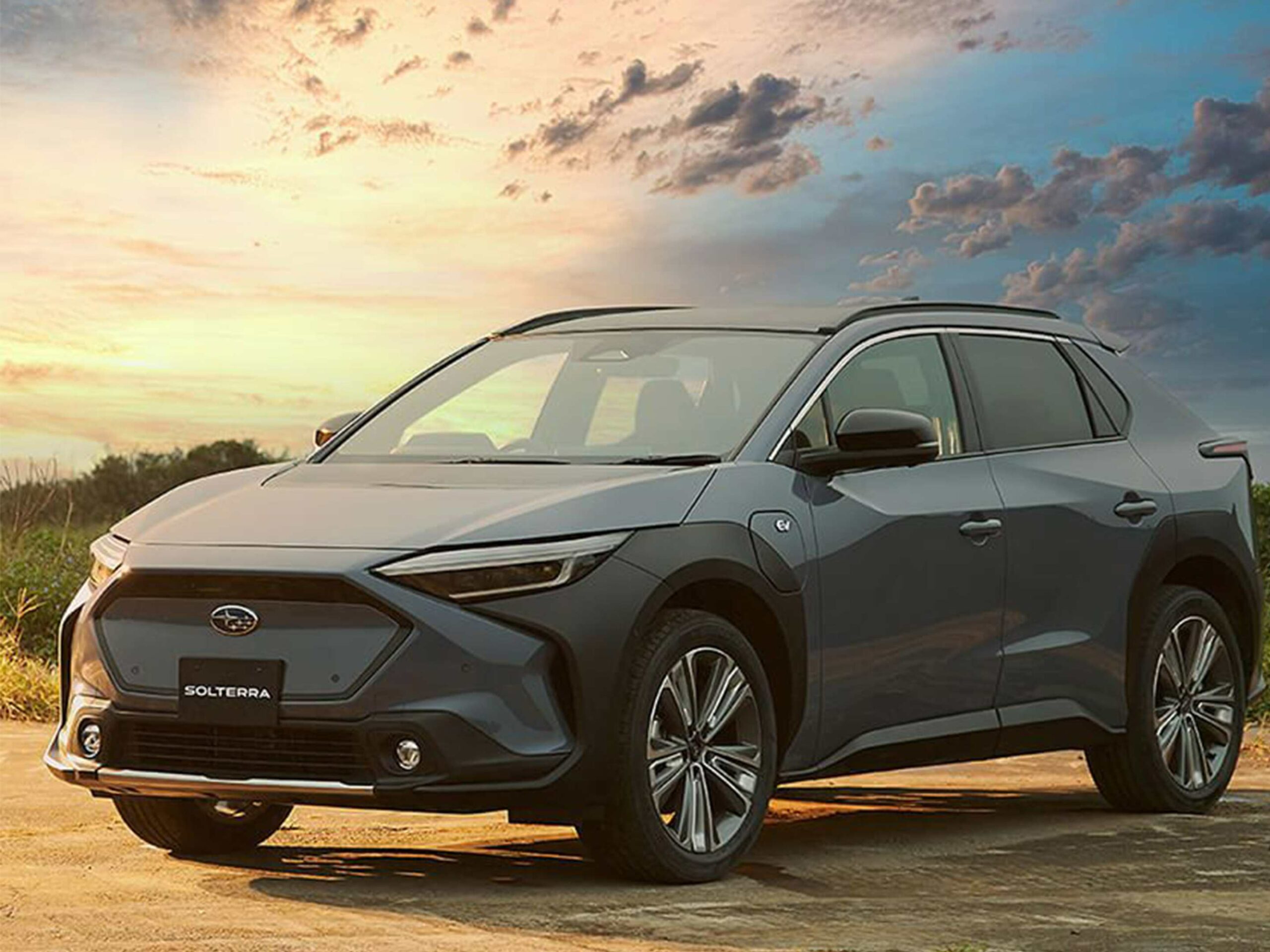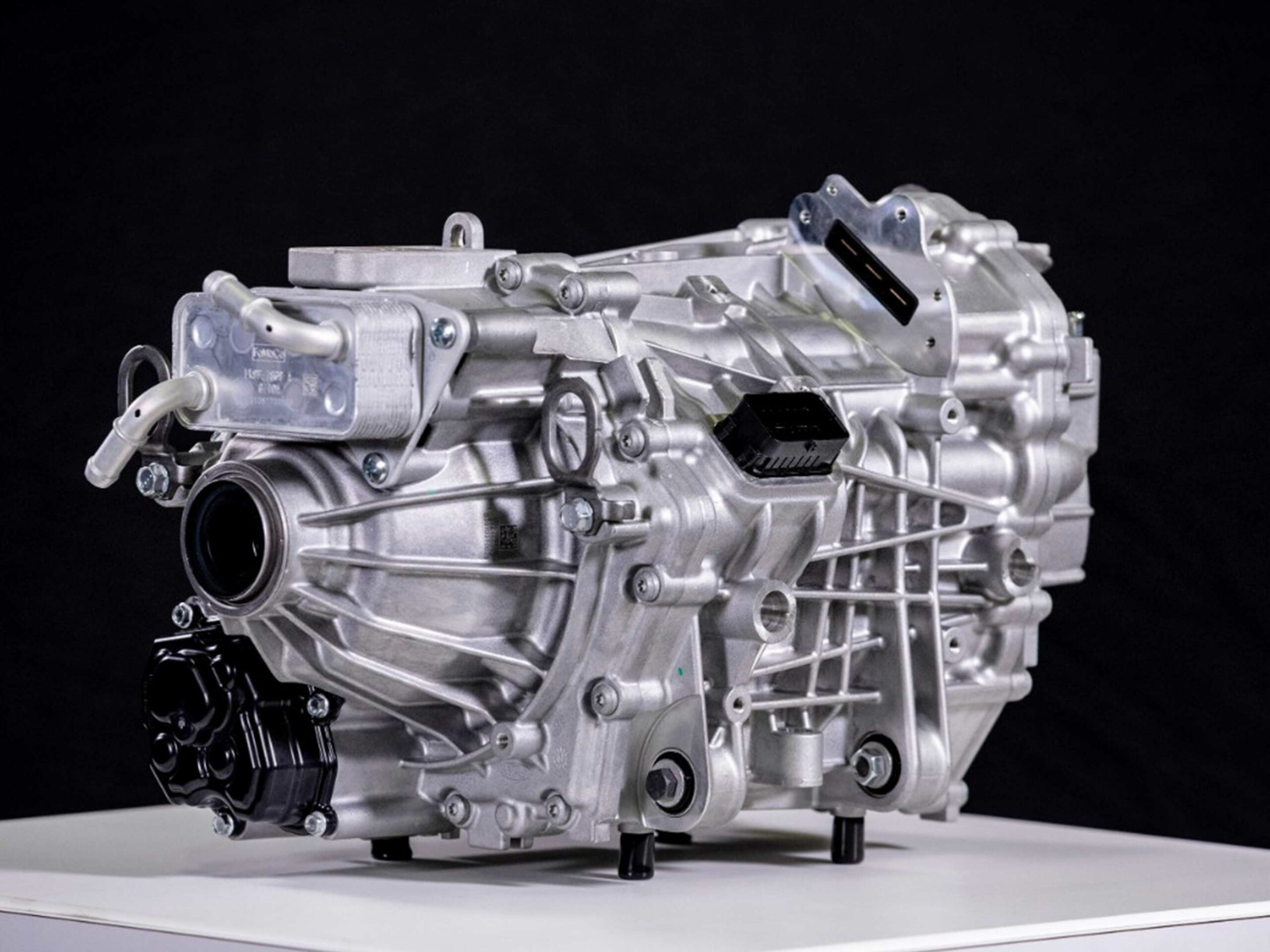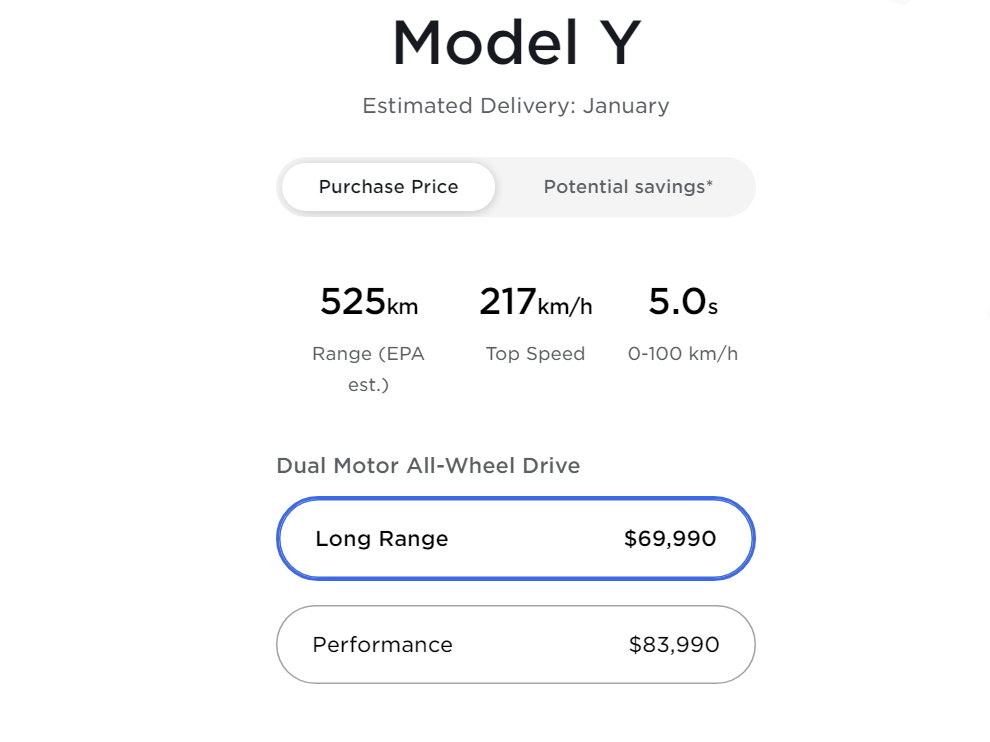After months of rumours, Hyundai has finally released Canadian pricing for its 2022 Ioniq 5 crossover electric vehicle (EV).
Hyundai says that the first Ioniq 5 cars will start arriving in its showrooms in December, with initial vehicles going to the 2,000 Canadians that have pre-ordered the car.
Below is Canadian pricing for the Ioniq 5:
Essential (354km range) — $44,999
Preferred (354km range) — $46,999
Preferred Long Range (489km range) — $51,999
Preferred AWD Long Range (415km range) — $54,999
Preferred AWD LR w/Ultimate Package (400km) — $59,999
The base model Ioniq 5 with a 58kWh battery starting at $44,999 in Canada is a very competitive price point in the EV space, especially considering Hyundai’s Kona EV starts at $38,000 and Tesla’s reasonably capable Model 3 offering starts at $56,000.
It’s also worth noting that in Quebec, the Ioniq 5 qualifies for an $8,000 incentive from the provincial government and a $5,000 rebate from the federal government. On the other hand, British Columbia buyers can get $5,000 off from Ottawa and $3,000 from the provincial government. All provinces and territories qualify for the $5,000 federal rebate and some other provinces, particularly the Atlantic islands, also offer EV rebates.
While the Ioniq 5 looks like a hatchback, it’s primarily being marketed by Hyundai as a small utility vehicle thanks to its large wheelbase and expansive interior.
The inside of the car features a standard dashboard and two large screens. In terms of fast charging, the Ioniq 5 can be plugged into a 350Kw fast charger to charge its battery from 10 percent to 80 percent in just 18 minutes.
There’s a significant amount of hype surrounding the Ioniq 5, with many praising its long-range, charging speeds and unique throwback design.
Source: Hyundai Image credit: Hyundai















